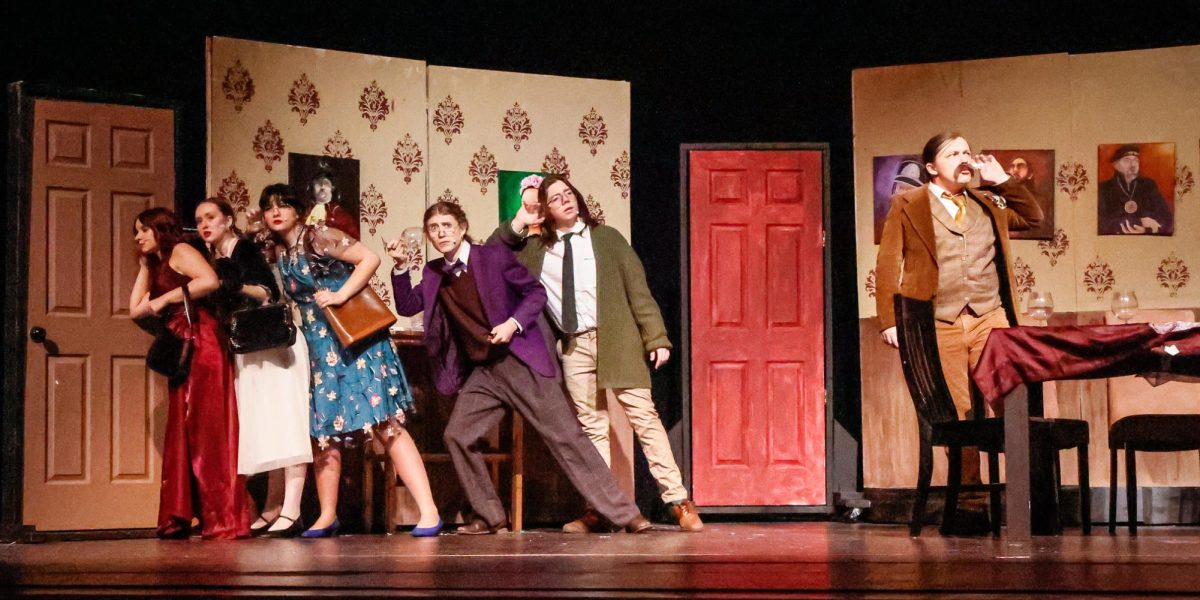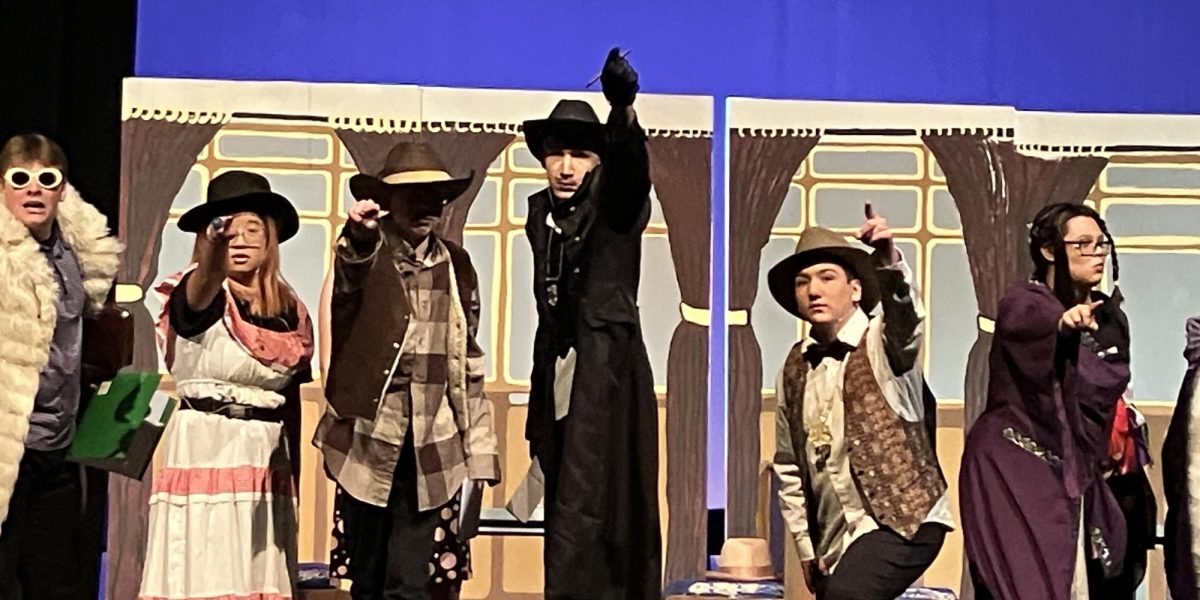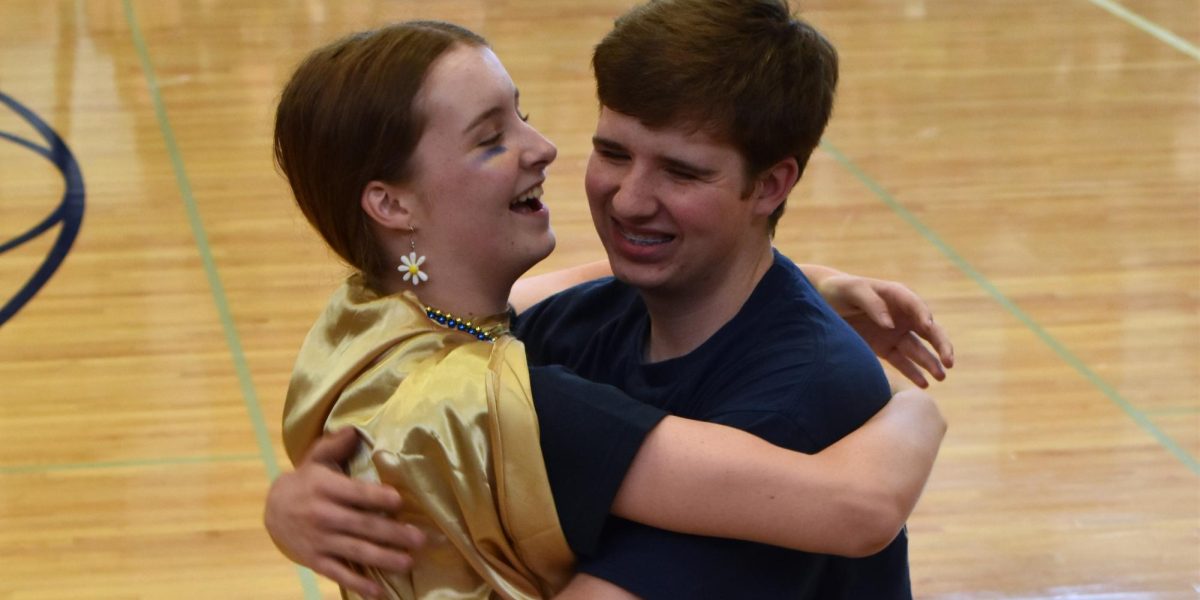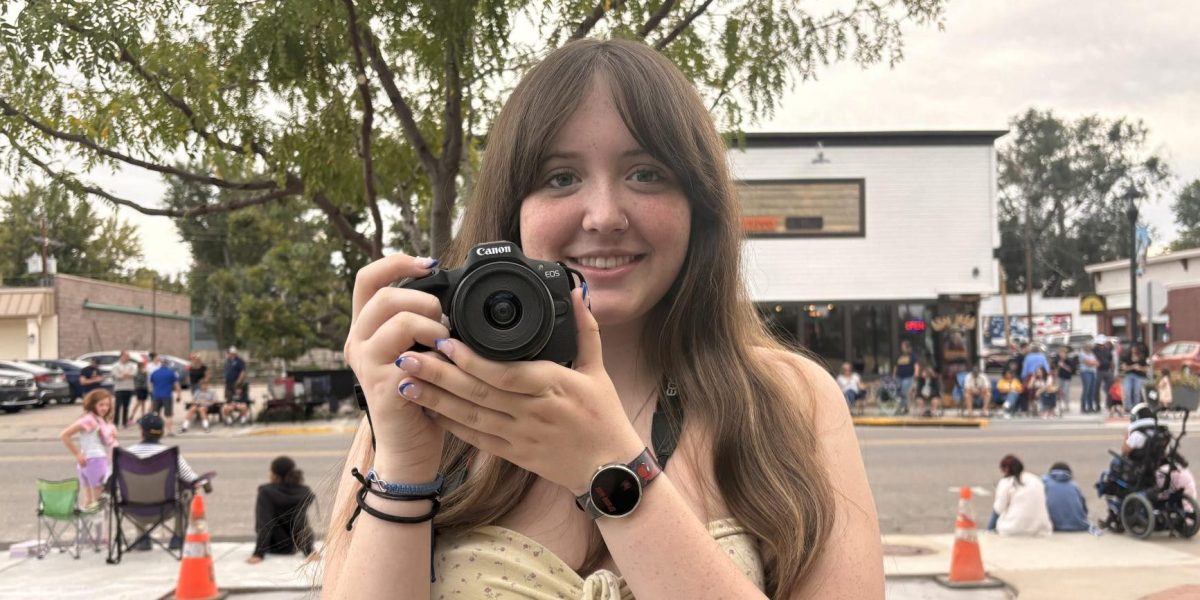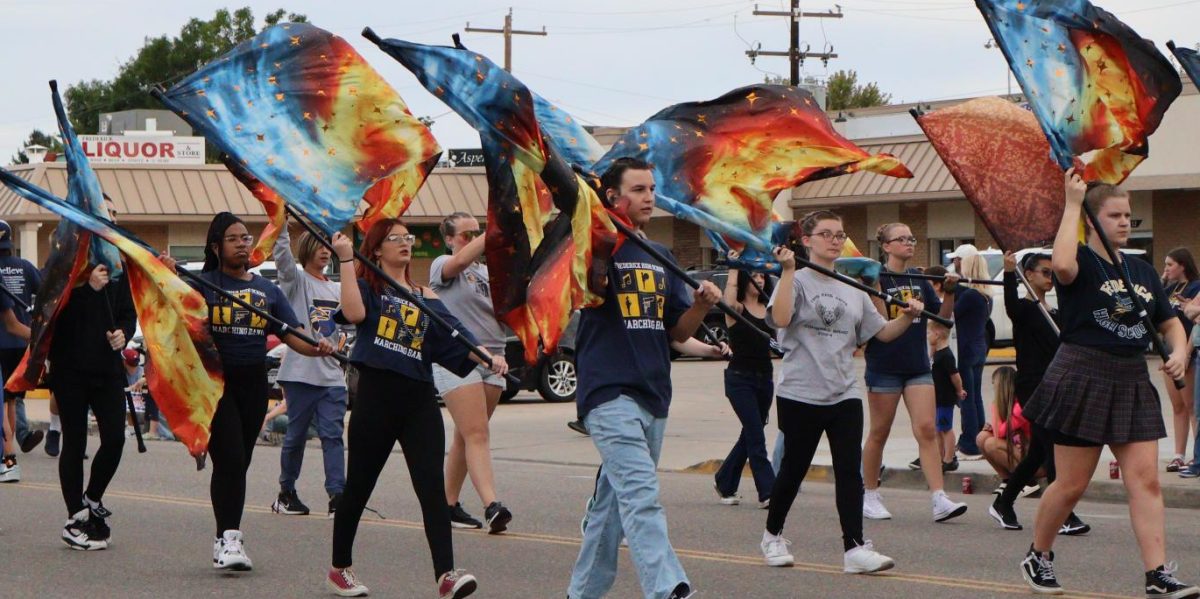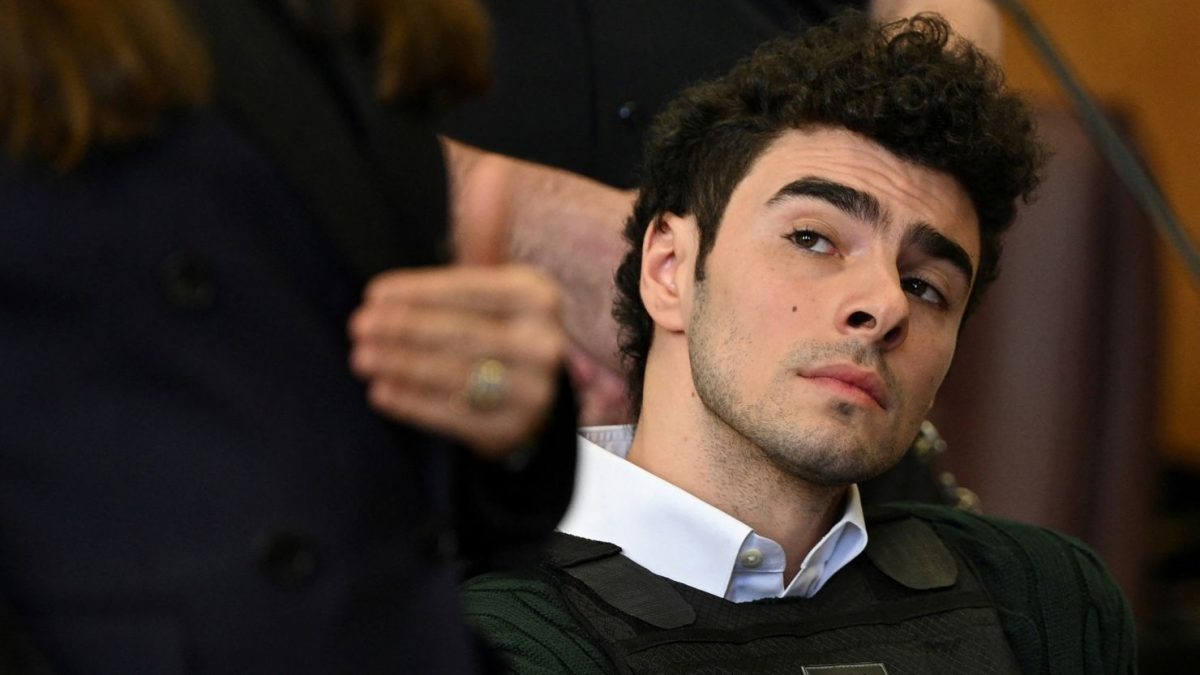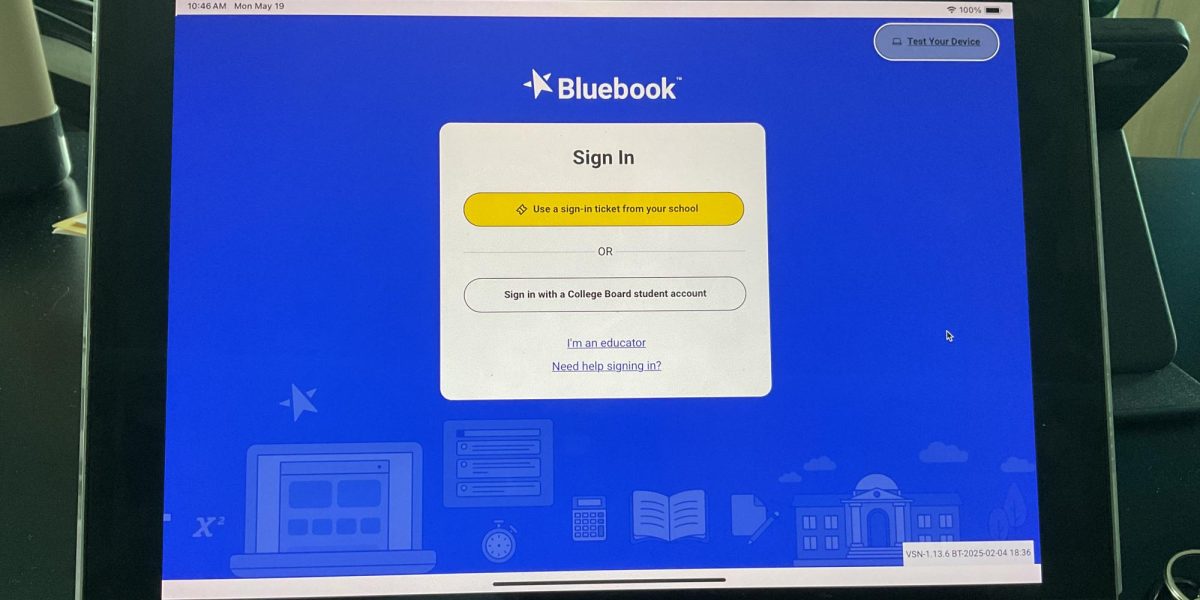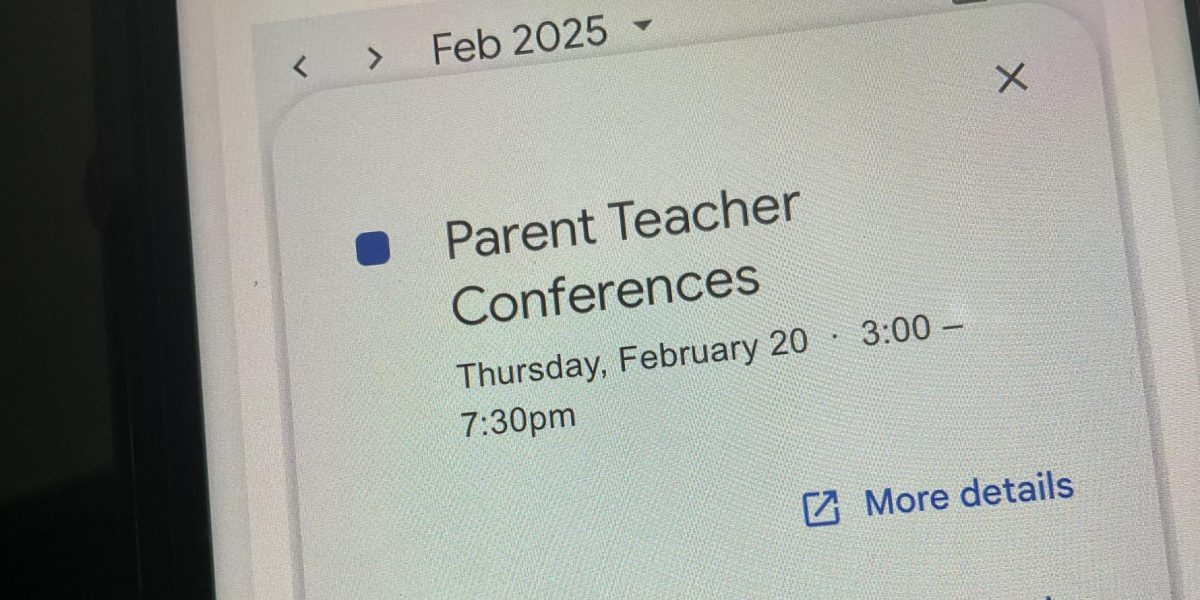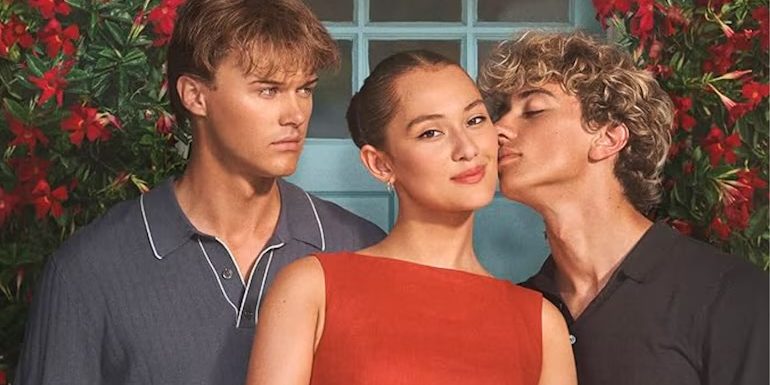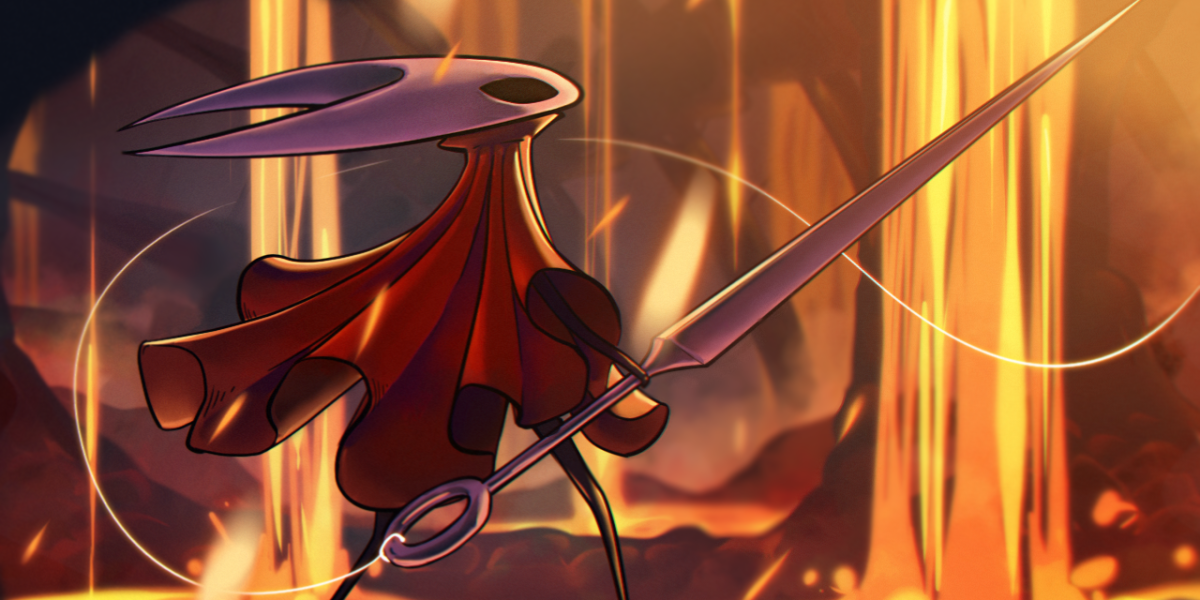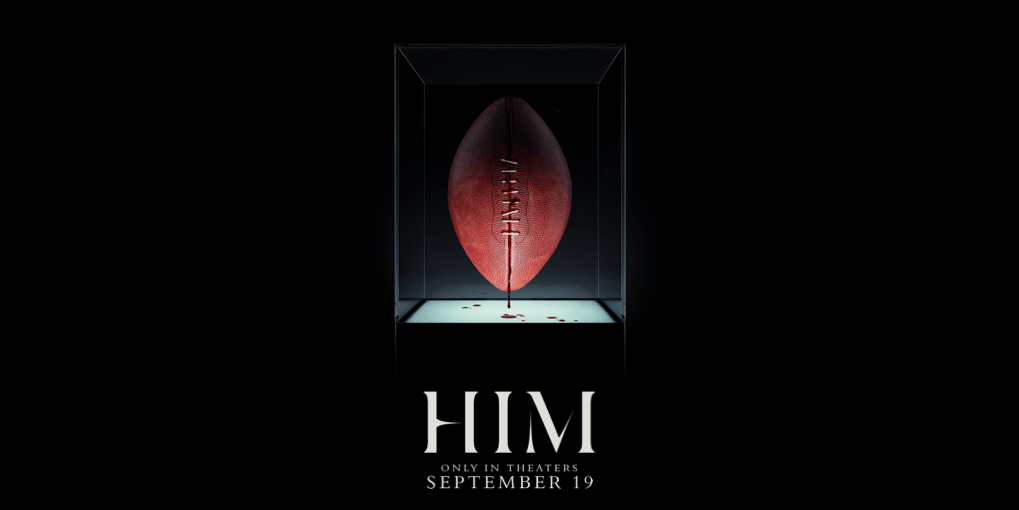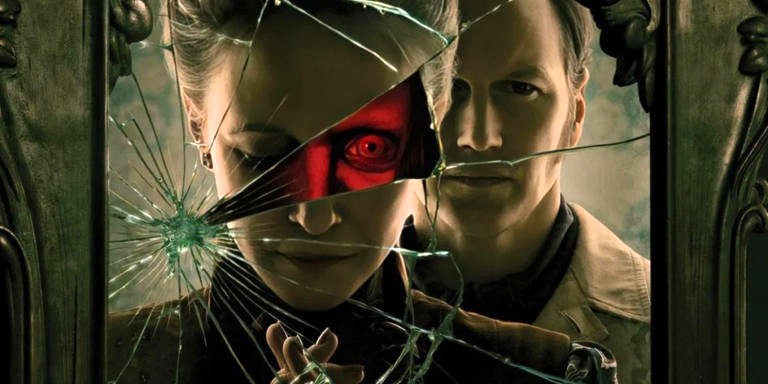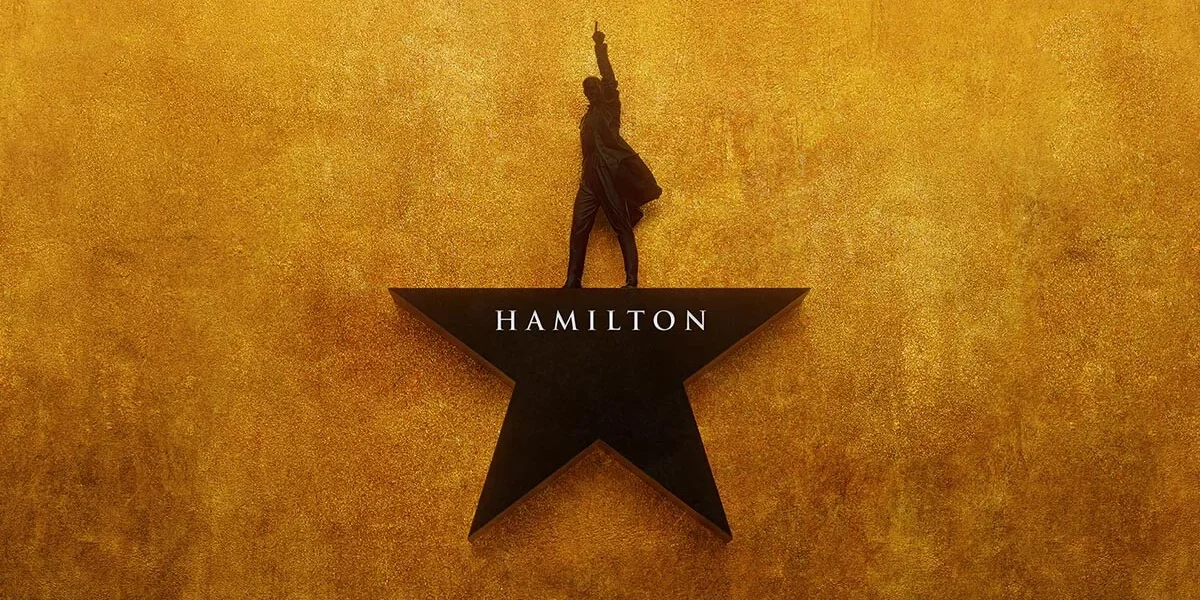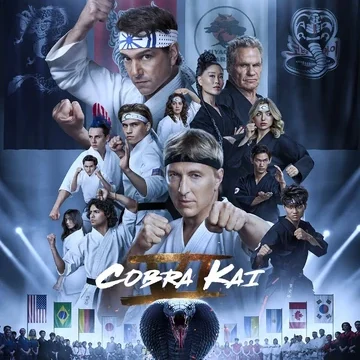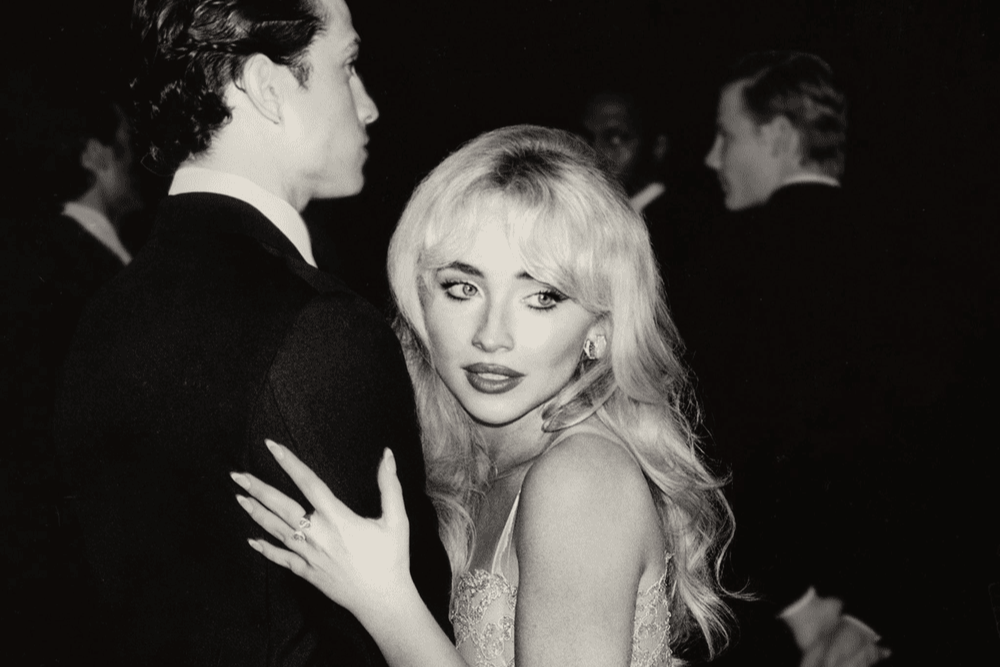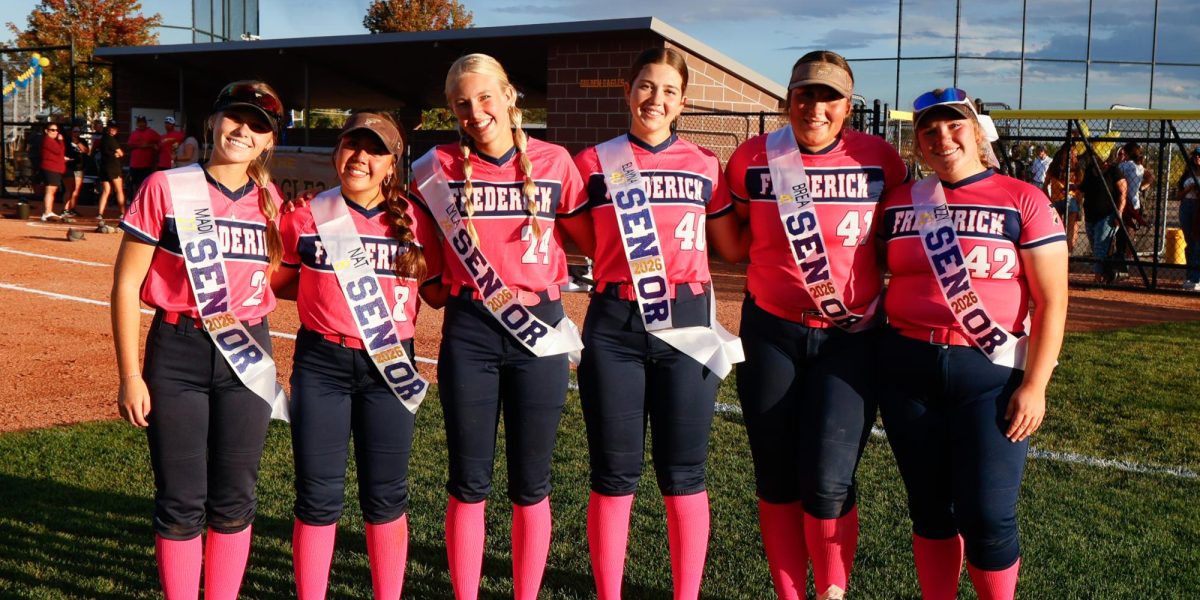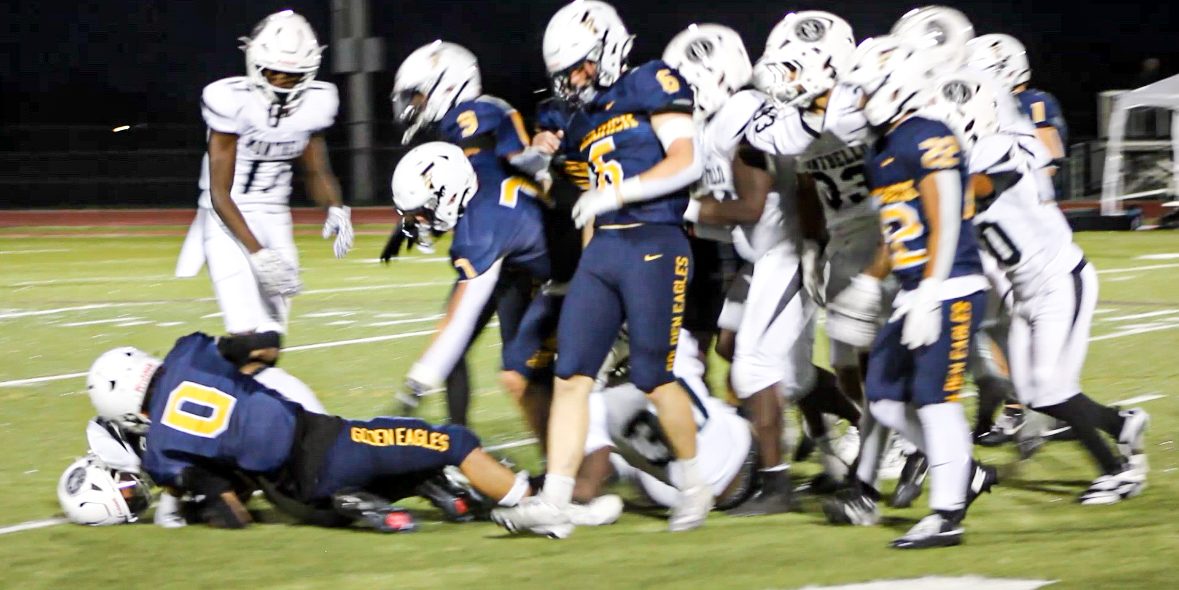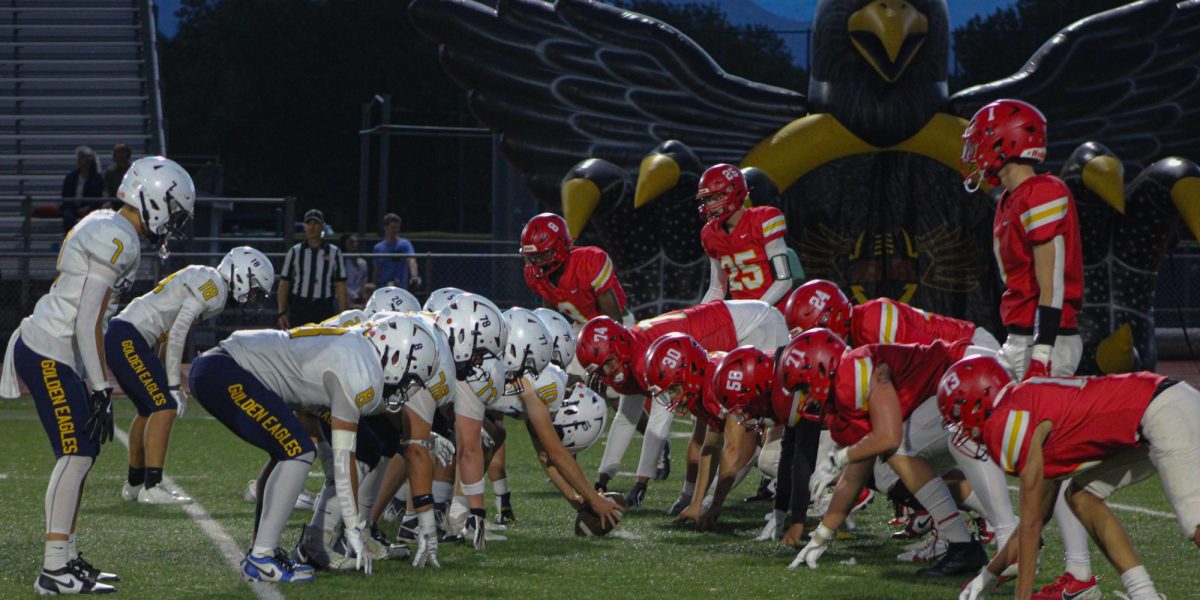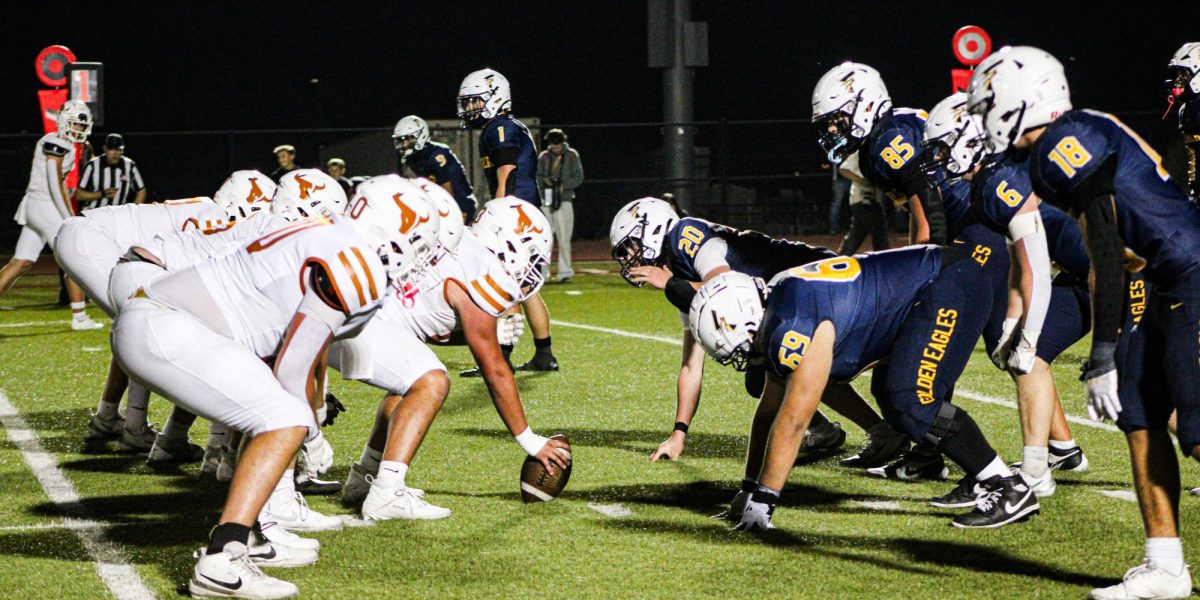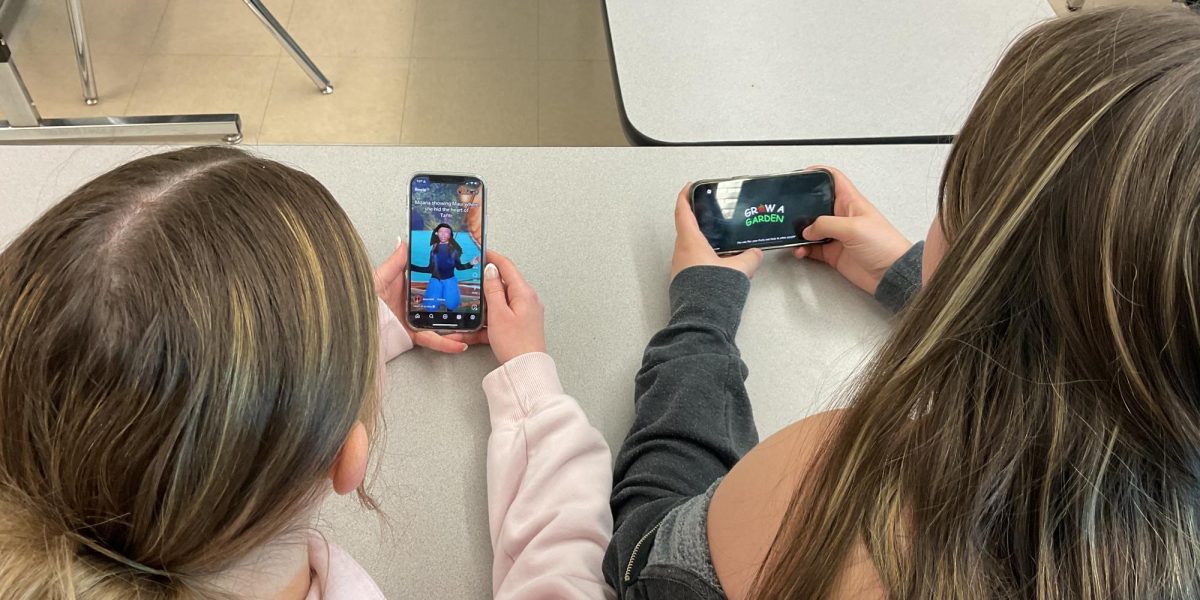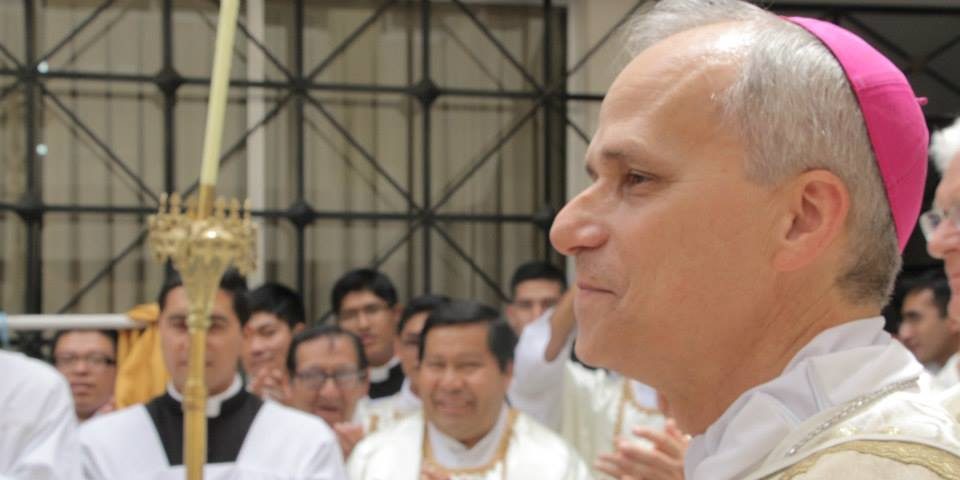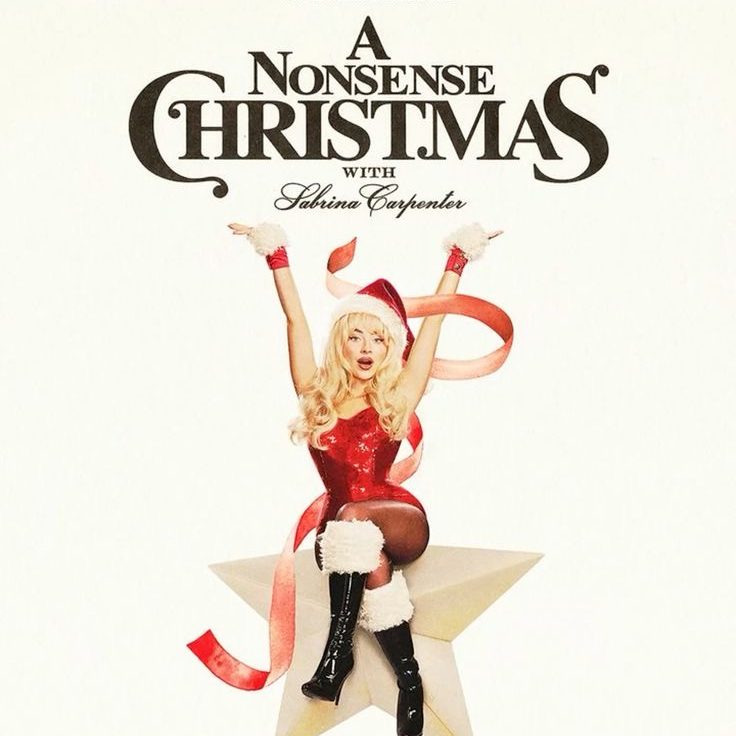
Thanksgiving Break has arrived! While Americans have lots of traditions that revolve around the holiday–eating turkey, watching the Macy’s parade, wondering if the Detroit Lions will finally win the Thanksgiving Classic this decade–one of the most unusual is Thanksgiving’s connection to The Wizard of Oz. In 1956, the Judy Garland-led 1939 film became the first Hollywood movie to ever hit the small screen when CBS broadcast it on Thanksgiving evening. This started a decades-long tradition that introduced three generations of Americans to the Land of Oz.
This year, there is a new Oz-based film to be thankful for this holiday season: Wicked. Not only does this brightly colored musical echo the spirit of its 85-year-old predicessor, but it also stands out as a triumph of Hollywood filmmaking on its own.
Wicked is based on a musical based on a book. The novel Wicked: The Life and Times of the Wicked Witch of the West by Gregory Maguire hit the New York Times bestseller list in 1995 and retold L. Frank Baum’s Wizard of Oz story from the perspective of the antagonistic Witch of the West. American composer Stephen Schwartz (the mind behind the musicals Godspell, Pippen, and Working) worked with playwright Winnie Holzman to bring Maguire’s book to Broadway in 2003. That production won that year’s Tony Awards for costuming, scenic design, and Idina Menzel’s (Elsa from Frozen) performance as the titular wicked witch, and the musical has been on Broadway and London’s West End ever since.
Whether book, Broadway, or big screen, the story of Wicked is the same: a young girl named Elphaba discovers she has an affinity for magic and is enrolled in Shiz University after accidentally revealing her incredible power in front of Professor of Sorcery Madame Morrible. Elphaba is quickly shunned by the other students for the (green) color of her skin, but soon forges a contentious friendship with her egotistic and popular roommate Galinda. The frenemies come together to try to solve a crisis that involves the talking animals of Oz and compete to win the favor of The Wizard. Ultimately, the two girls become cast into the roles they play in Baum’s original: Elphaba is seen as a Wicked Witch of the West for going against the status quo, while the people-pleasing Galinda-turned-Glinda is known as the Good Witch of the North.
Comparisons by the millions of people that have seen the stage musical sometime in the past 21 years (looking at you, theatre kids) are inevitable, so it’s important to consider the film as both an adaptation and a standalone film. Those hoping for the film version to perfectly match the theatre experience are in for a surprise.
First, this film is Wicked: Part I, and the film ends where the first act ends in the musical–the second act of the musical will be Wicked: Part II and, if these films are successful, Universal may follow them up with adaptations of Maguire’s other Oz books Son of a Witch and A Lion Among Men. Director Jon M. Chu said, “It was also the most obvious thing to do because every time we tried to make it into one movie, you had to rip out the songs.” While this may be a logical choice, none of the marketing is billing this as a two-part movie, and this has already led to some shock among the musical fans.
Since the film is only the first act of the show, additional material has been written to make the movie longer. Fortunately, the film brought back Holtzman to write the additional material with screenwriter Dana Fox, and many of the new scenes are taken from Maguire’s book and fit into the film naturally. While some book and theatre purists are unhappy, these changes are actually to the film’s benefit, as they dive deeper into the characters and ensure that the biggest fans of the stage show still have some surprises in store.
While there are no additional songs added, the music in this musical does sound different, as Jeff Atmajian updated the arrangements from the stage for the 80-piece London Symphony Orchestra under the supervision of Schwartz. For some songs, musical motifs are extended and more vocal parts are added (in one case to give cameos to Menzel and original Galinda actress Kristen Chenoweth). Conductor John Powell also composed a larger incidental underscore that plays throughout the film that is only occasionally present in the stage version.
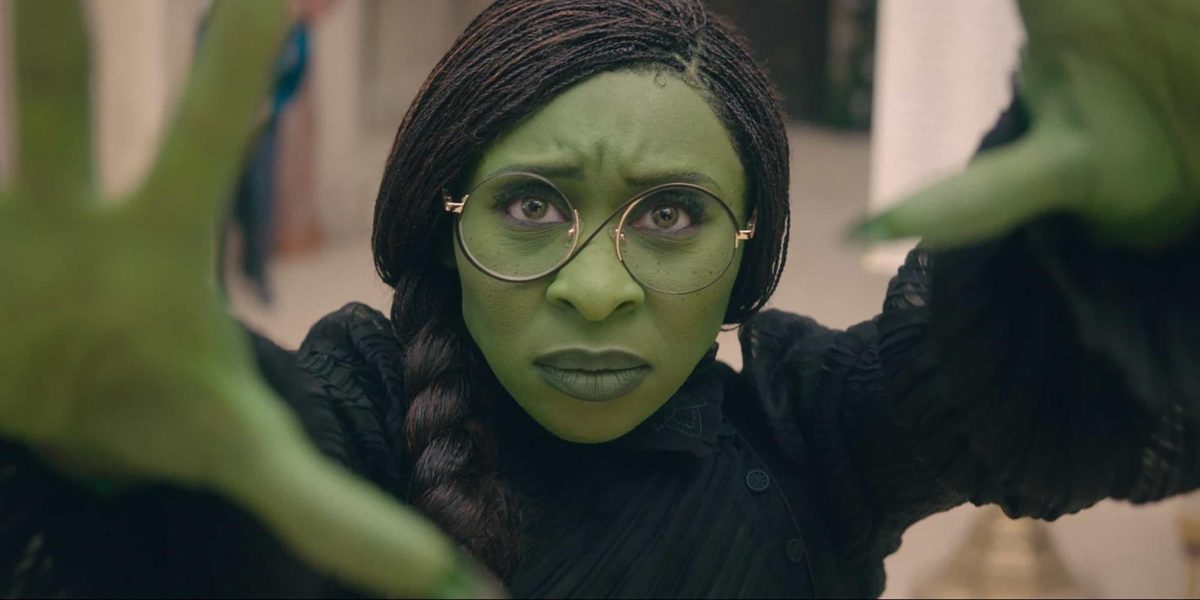
So with this film only delivering half the musical experience, does it hold up or feel incomplete? Those who have never read the book or seen the show will be satisfied with the ending. While it doesn’t resolve every issue and leaves the door open for more adventures, this movie stands alone and feels more like the first film in a trilogy than the first half of longer work.
The starstudded cast is the biggest emerald in the film’s crown. Cynthia Erivo brings charm and gravitas to Elphaba, and Ariana Grande (credited as her birth name Ariana Grande-Butera) is goofy fun as Galinda. These main actresses have great chemistry and play off each other naturally; co-star (and romantic partner of Grande) Ethan Slater said that their “friendship is really real and really deep and really informed by the work that they did together [. . .] they kind of are soul mates.” And, of course, both are vocally phenomenal and put their own spin on the musical numbers.
Slater and the other supporting actors also do a wonderful job. Michelle Yeoh’s headmistress Madame Morrible, Jonathan Bailey’s Prince Fiyero, and Peter Dinkledge’s vocal performance as goat professor Dr. Dillamond are particular highlights of the film. Only one actor seems to not fit very well: Jeff Goldblum as The Wizard. Goldblum can’t sing the part, and his line delivery makes him instantly feel villanous and ruins the later reveal.
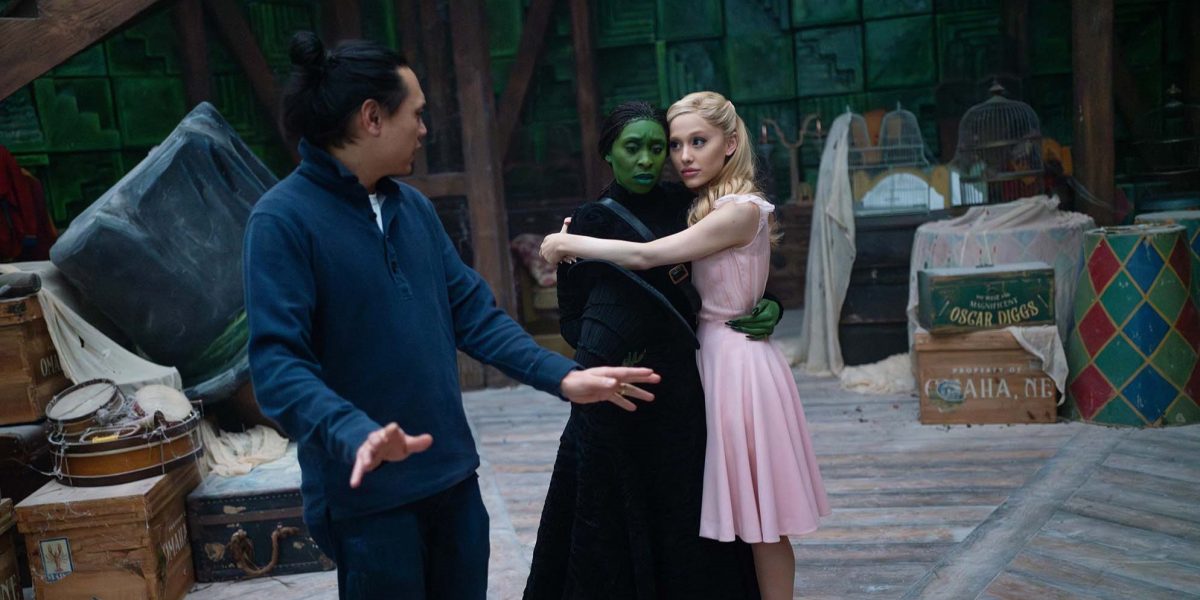
Jon M. Chu executes the direction of the film masterfully. Broadway musicals are notoriously difficult to bring to cinemas (if you need proof, watch Cats), as there tends to be an imbalance between the visual spectacle, music, and dancing. Chu expertly intertwines all these elements just like he did in his underrated film adaptation of In the Heights.
In fact, much of his success can be attributed to Chu bringing over his In the Heights crew for this film. Cinematographer Alice Brooks, editor Myron Kerstein, and choreographer Christopher Scott all return and elevate their work from their previous collaboration with Chu. Chu also tapped other musical experts for his crew: production designer Nathan Crowley (Wonka and The Greatest Showman), costume designer Paul Tazewell (Steven Spielberg’s West Side Story and the original Broadway run of Hamilton), and assistant director Duncan Herriot (Rocketman and Disenchanted).
The brilliance of the crew is all on-screen, as the film expands Oz in ways the stage can’t. Shiz University feels like a real, fantastic campus, and the Emerald City comes alive with vibrant, detailed designs that invoke the stage production. While there is CGI (provided by ILM), most of the sets are real and make the film more realistic. The world of Wicked feels as magical and as breathtaking as the technicolor effect in the ’39 Wizard of Oz must have been at the time. The cinematography knows when to have wide shots that show off the sensational dancing chorus and when to use close-ups and camera angles to show Elphaba and Glinda’s emotions in ways that aren’t even remotely possible on stage.
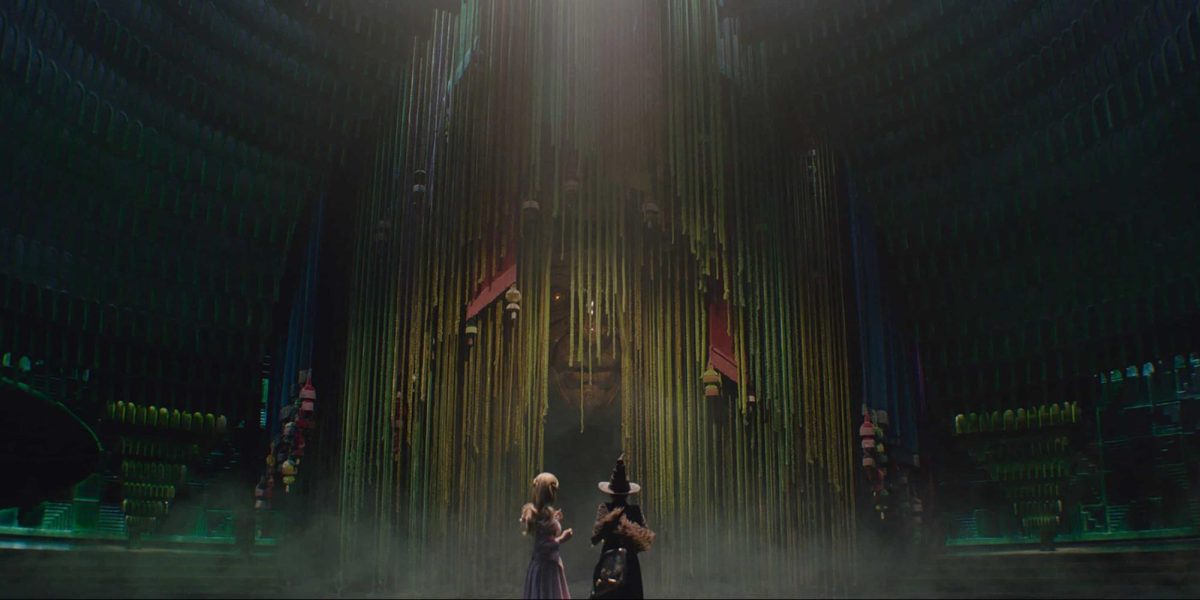
Ultimately, the Tony-winning stage show created high expectations for how Elphaba and Glinda should sound, act, and connect and how the world of Oz should look and feel. Chu, Erivo, Grande, and the rest exceed nearly every expectation. The film won’t be for everyone: Wicked dives deep into its darker ideas of the manipulation of power, personal identity, political scapegoating, and the limits of friendship, so viewers looking for a lighthearted romp may be disappointed. This film is also firmly in the musical genre, so if you don’t like musicals, this film won’t be for you.
That being said, general audiences will love this movie. The movie is loyal to its stage and page origins but succeeds as its own cinematic work. The performances and production are outstanding, and the story is captivating. So stop by the theater, grab some popcorn, and watch this amazing musical adaptation on the big screen (but don’t you dare sing along). With the second part hitting screens on November 21, 2025, now is the perfect time to make Wicked your new Thanksgiving tradition.








